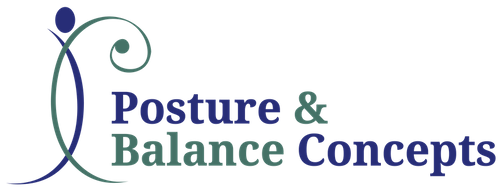The ear is a remarkably complex organ, playing a crucial role not only in hearing but also in maintaining our balance. Comprised of the outer, middle, and inner ear, this intricate system includes the Cochlea for hearing and the Vestibular System for balance. The Vestibular System, located in the inner ear, detects head movements and communicates with the brain to help us stay oriented and steady. However, when this system malfunctions, it can lead to symptoms like vertigo, dizziness, and balance difficulties. Vestibular Rehabilitation Therapy (VRT) is a specialized approach designed to restore balance, improve gaze stability, and alleviate these unsettling symptoms, offering relief to those affected by vestibular disorders.
One of the main jobs of the inner ear is to create a reflex called the “Vestibular Ocular Reflex” or VOR for short. The VOR helps to keep our eyes on a subject while we are moving. Because we have a Vestibular organ in each ear, they work together as a team. When one or both of these Vestibular organs fail to work properly, we may experience a spinning dizziness called Vertigo, or have trouble balancing and walking.
Vestibular Rehabilitation Therapy (VRT) helpts to restore gaze stability (i.e., Keep our eyes on whatever it is we are looking at), balance, and helps to decrease symptoms of dizziness, motion sickness, and disequilibrium (feeling off balance).
